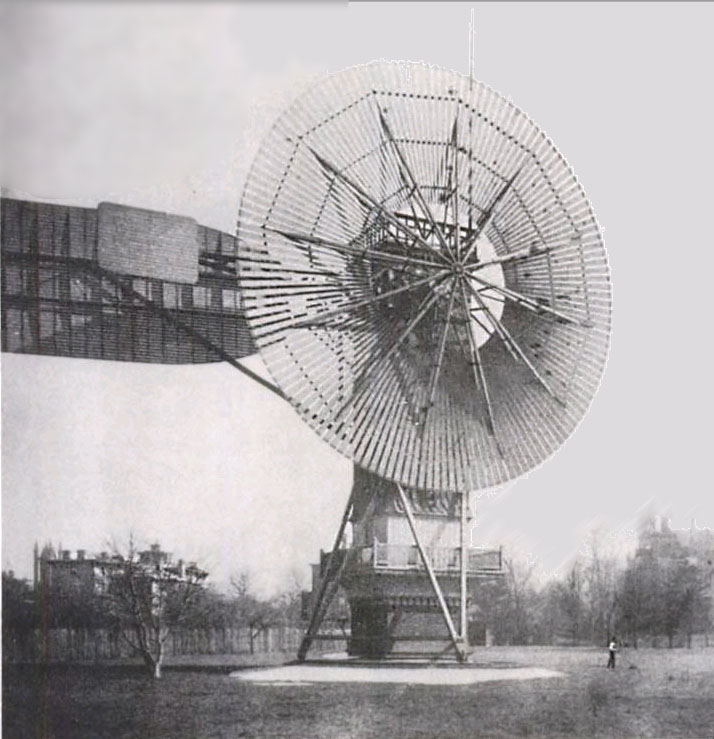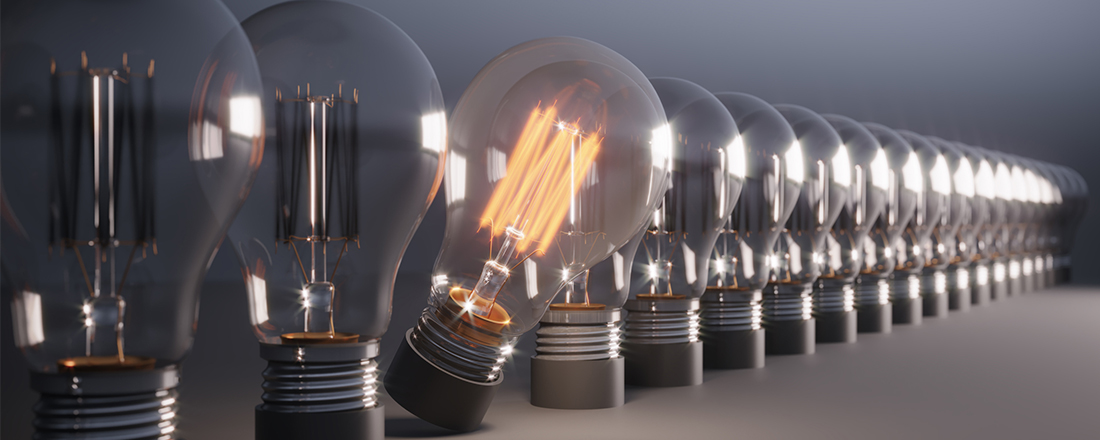February 11 is National Inventors’ Day. Today, MCE is celebrating inventions that have advanced the way we use energy and the impact that these inventions have had on our society. Let’s look at four inventions that changed energy for the better.
1. LED Light Bulb
The LED bulb revolutionized light bulbs by introducing a much more energy-efficient and longer-lasting bulb compared to incandescent and fluorescent bulbs. The LED was first introduced by Robert Biard and Gary Pittman in 1961 and was made available for everyday use in 1972. Today, LEDs help us conserve a whopping 75% more energy per bulb and could save the average American household up to $600 per year!
2. Electric Vehicles
The first electric car was created by Robert Anderson in 1832. There are now around 1.6 million electric cars on U.S. roads, of which 1 million are plug-in hybrid electric vehicles (EVs). Replacing a gas-fueled car with an EV eliminates an average of 4.6 metric tons of air pollution. By comparison, it would take nearly 5.5 acres of trees to remove that much carbon in a year. In support of getting cleaner vehicles on the road, MCE offers a stackable EV rebate to help income-qualified customers save up to $14,500 on the purchase or lease of a new EV.
3. Modern Wind Turbines
Wind power was first used for electricity in 1888. Thanks to advancements in efficiency and size, wind power is now a widespread power source. Wind power is set to make up over 30% of the U.S.’s new electricity generating capacity in 2021 and, along with solar, is set to overtake fossil fuels as the main source of fuels in the 2030s. MCE customers that have opted up to Deep Green 100% renewable energy service have half of their electricity sourced from wind. The other half comes from solar energy.

First Electricity Generating Windmill Invented by Charles Brush in 1888.
4. Energy Storage
Pairing rooftop solar with battery storage makes it possible to use solar-generated power at night or during an outage. Energy storage (commonly known as a home battery) supports a cleaner and more resilient energy grid by making solar a reliable power source around the clock. Solar-plus-storage systems will become more widespread in the coming years. In fact, up to 50% of solar projects may include energy storage by 2030. Those without solar can also take advantage of home batteries by charging it during times of the day when rates are lower and using the stored energy in the evening when rates are higher or to protect them from power outages. Learn more about energy storage and to find out about programs and incentives that lower the cost of a home battery.






